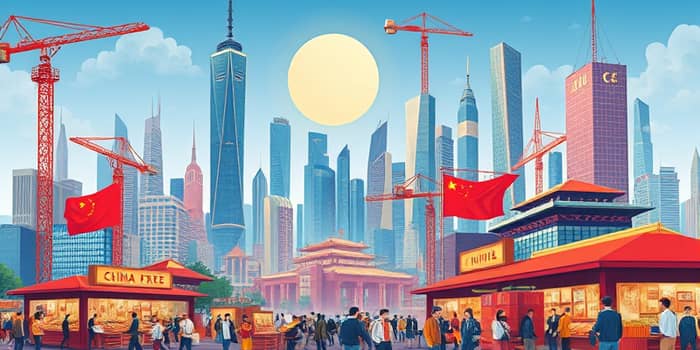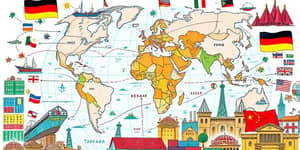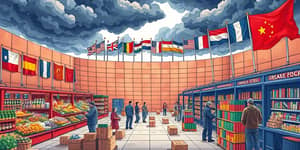The past few decades have seen a remarkable transformation in the global economic landscape, significantly influenced by China's unprecedented growth. Once viewed as a developing nation, China has emerged as a dominant force in the world economy, reshaping trade, investment, and global power dynamics.
This article examines the various facets of China’s economic ascent, from its early reforms to its current role as a global leader, highlighting the implications of its growth for both developing and developed nations.
The Rise of China
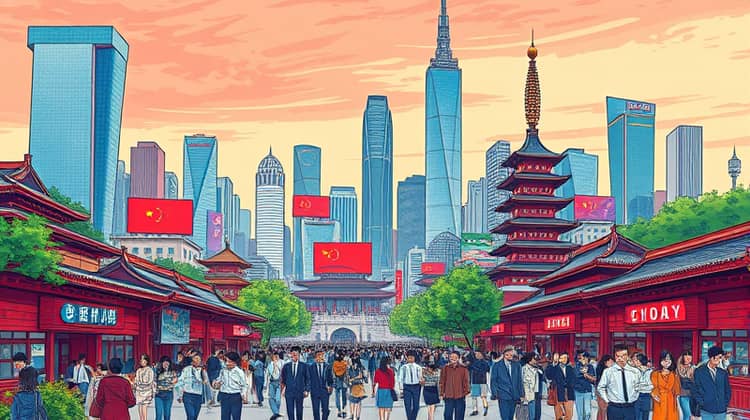
China’s rise as a global economic power is considered one of the most significant developments in the 21st century. The transformation began in the late 1970s when the Chinese government shifted its strategy toward market-oriented reforms, moving away from a centrally planned economy.
This shift opened doors for foreign investment and trade, allowing China to leverage its vast labor pool to attract multinational corporations. Over the next few decades, China's GDP growth consistently surpassed global averages, laying the foundation for its current standing as the world's second-largest economy.
Economic Reforms and Opening-Up
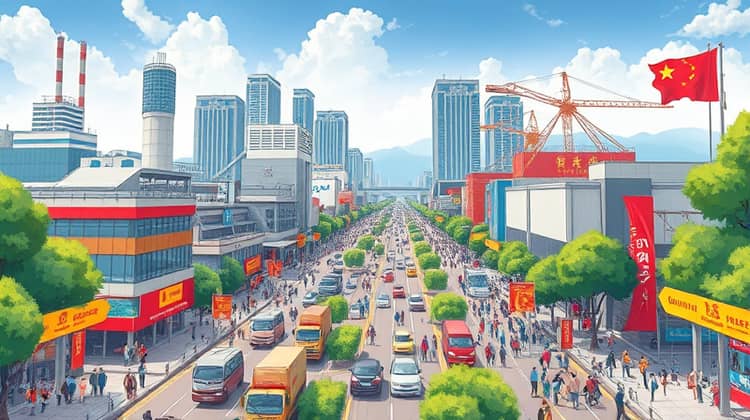
The economic reforms initiated by Deng Xiaoping were a turning point in China's development. By adopting a more open economic system, China began to integrate with the global market. The establishment of Special Economic Zones (SEZs) allowed for experimentation with market mechanisms and foreign investment, spurring rapid growth.
As these zones flourished, more sectors of the economy were liberalized, which in turn accelerated domestic and international investments. The government's willingness to adapt policies and embrace globalization played a crucial role in China's economic miracle.
- Introduction of Special Economic Zones (SEZs)
- Increased Foreign Direct Investment (FDI)
- Boost in manufacturing capabilities
- Expansion of exports to global markets
Manufacturing and Exports
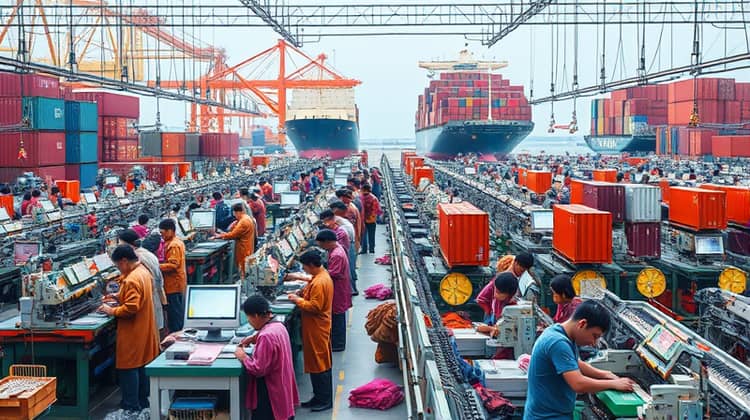
One of the cornerstones of China's rapid economic growth has been its manufacturing sector. The country became known as the 'world's factory,' producing goods ranging from electronics to textiles at unprecedented scales and low costs. This manufacturing prowess was achieved through an alliance of cheap labor and efficient production processes.
China's export-led growth strategy propelled it to the forefront of international trade. By capitalizing on globalization, China established itself as a critical supplier for many western economies, which in turn contributed to the global value chain.
The magnitude of China’s exports has reshaped global trade patterns, as countries became increasingly dependent on Chinese products, leading to significant silos of economic activity concentrated in the Asia-Pacific region.
- China's role as the largest exporter in the world
- Growth in global supply chains
- Impact on local manufacturers worldwide
- Creation of jobs through the manufacturing boom
China's manufacturing led to remarkable economic growth but also raised questions regarding sustainability and labor practices. As global dependence on Chinese goods grew, so did scrutiny over the conditions under which these goods were produced.
Infrastructure Boom
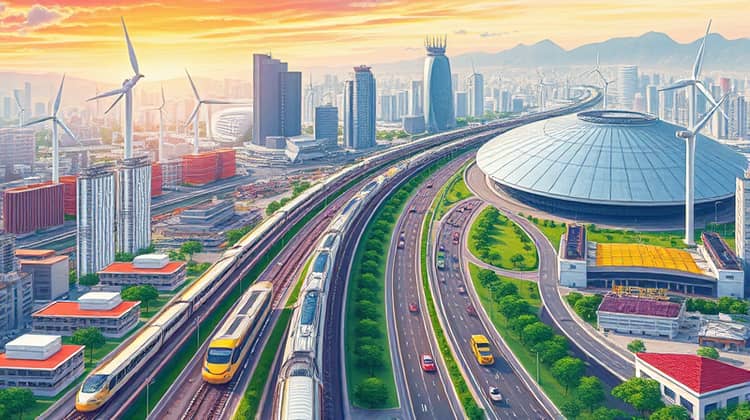
A significant driver behind China's growth has been its extensive investment in infrastructure. The government has made massive expenditures on building transport networks, energy facilities, and urban development. This infrastructure boom facilitated domestic connectivity and enhanced trade efficiency.
High-speed railways, expressways, and modern airports emerged as symbols of China's rapid modernization, allowing for the swift movement of both goods and people. Such developments have not only aided economic growth but also enhanced China's global competitiveness.
- Construction of high-speed rail networks
- Expansion of major airports
- Development of urban infrastructure projects
- Investment in renewable energy sources
Technological Advancements

In addition to infrastructure, China has also focused heavily on technological advancements and innovation. The Chinese government has made significant investments in research and development, leading to progress in various sectors, including telecommunications, green technologies, and artificial intelligence.
This focus on technological growth has enabled Chinese companies to move up the value chain, producing high-tech products that compete globally. Homegrown tech giants like Huawei and Tencent have emerged, enhancing China's reputation as a technology powerhouse.
- Rapid growth of the tech sector
- Significant investment in R&D
- Emergence of leading Chinese tech firms
- Focus on green technology and sustainability
The Belt and Road Initiative
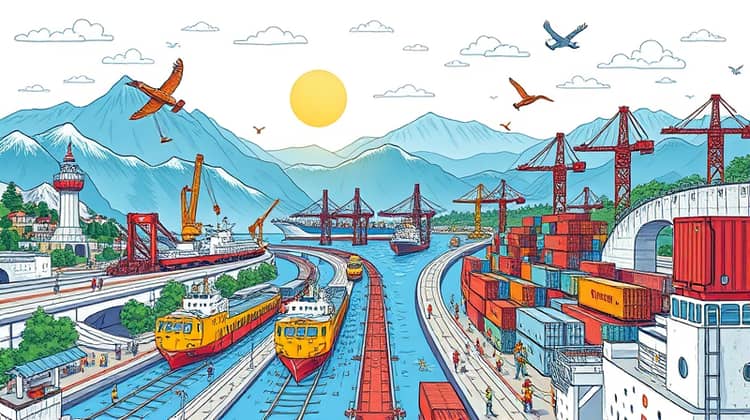
The Belt and Road Initiative (BRI), launched in 2013, marks China's ambition to expand its influence through infrastructure investment. The initiative aims to enhance global trade routes by funding and constructing roads, railways, and ports across Asia, Europe, and beyond.
Through the BRI, China seeks to create new markets for its products while fostering closer economic ties with participating countries. This initiative is not only pivotal for China's economic strategy but also illustrates its growing geopolitical significance.
- Investment in infrastructure projects globally
- Strengthening trade relationships with partner countries
- Promoting cultural exchange and connectivity
- Facilitation of international trade for participating nations
While the BRI presents opportunities for growth, it has also attracted criticisms regarding debt sustainability and consistent governance of projects. Moreover, some countries fear that China's economic leverage may extend to political influence.
As China continues to navigate its role through the BRI, balancing its ambitions with global expectations will be essential for sustainable growth.
Challenges and Criticisms

Despite its remarkable achievements, China's growth has not been without challenges. Issues such as environmental degradation, income inequality, and an aging population pose significant threats to the sustainability of its development model.
Moreover, China faces international criticisms related to trade practices, intellectual property rights, and human rights issues that have somewhat tarnished its global image as it grows in stature.
Conclusion
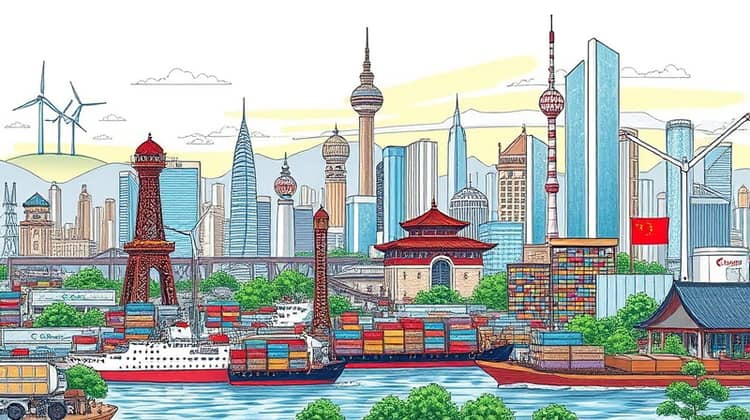
In summary, China's growth has profoundly transformed the global economic landscape, affecting various aspects of international trade and investment. The combination of economic reforms, manufacturing capabilities, and infrastructure expenditure has positioned China at the forefront of the global economy.
As the nation adapts to its evolving role, the challenges ahead will require innovative solutions and a commitment to sustainable practices. The future of China's growth will play a pivotal role in shaping the trajectories of other economies worldwide.

